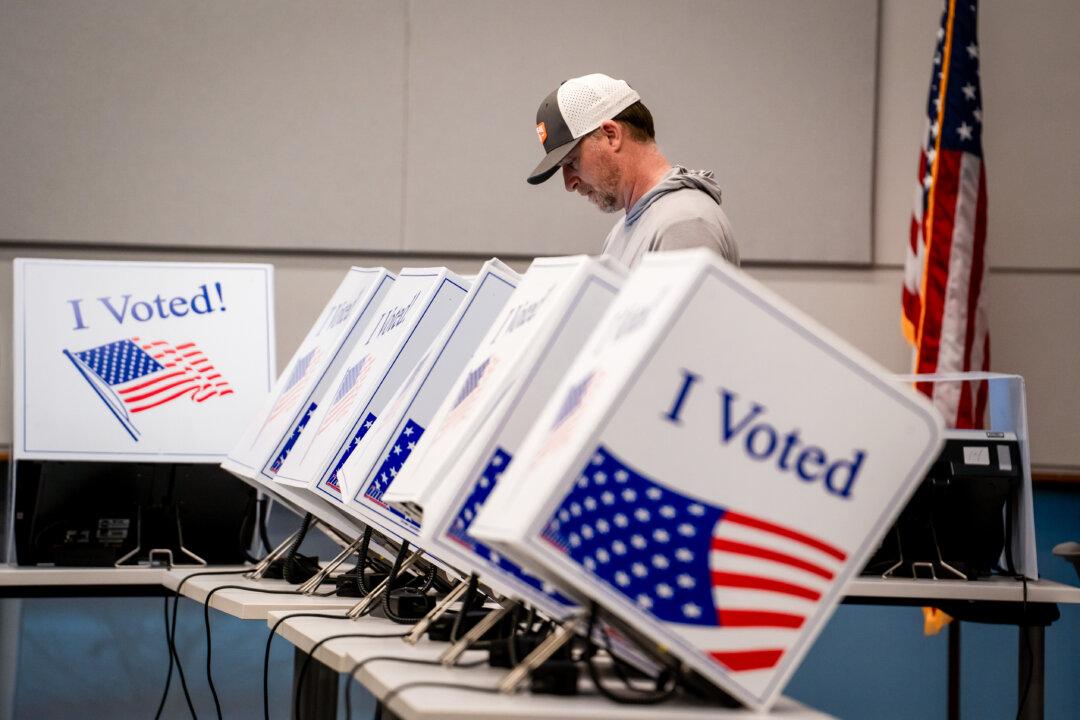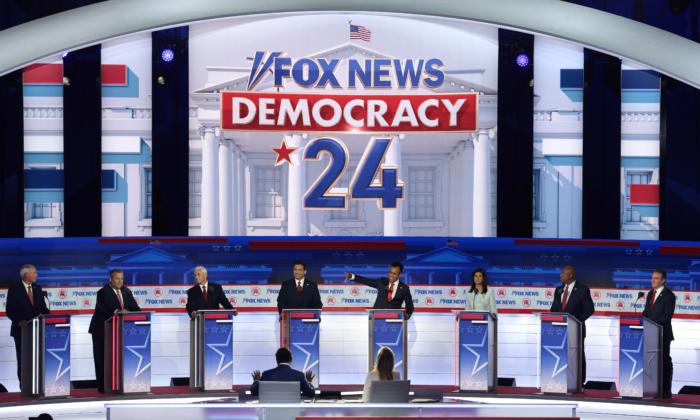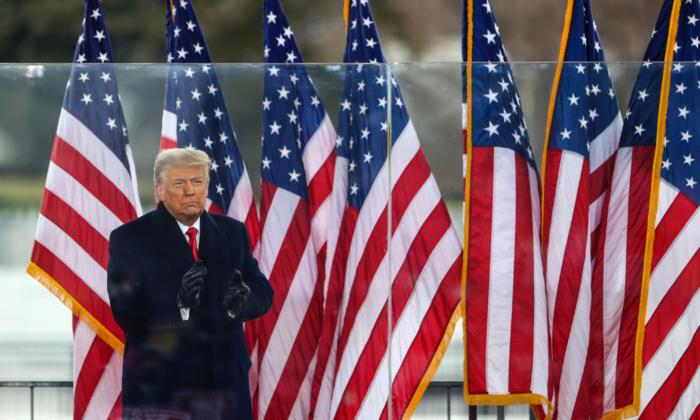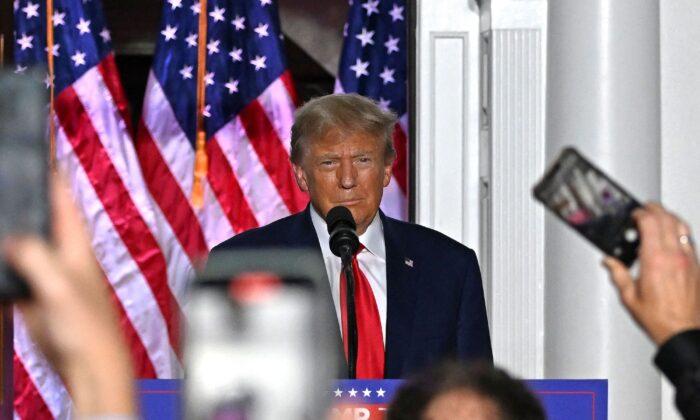All but lost in the East, the essence of an age-old culture rises in the West. This is Part 4 of a nine-part series that explores traditional Chinese culture to reveal a deeper understanding of the genius of New York-based classical Chinese dance company Shen Yun Performing Arts.
NEW YORK—Contrary to a common misconception, the Chinese are not one uniform ethnicity. There are actually 55 officially recognized ethnic groups in China, and the distinct traits of each are shaped by the local climate, natural environment, and spiritual traditions.
These traits, in turn, are embedded into each group’s unique styles of dance, which are very rich and diverse. Therefore, the ethnic dances of the vast Chinese minorities are distinct from the systematic school of classical Chinese dance and the Chinese folk dance of the ethnic Han majority.
Presenting the ethnic dances of Chinese minorities on stage is one of the hallmarks of New York-based Shen Yun Performing Arts. Founded in 2006, Shen Yun’s mission is to revive 5,000 years of Chinese culture, which was believed to be divinely inspired.
As the curtain is about to open, there is no telling what to expect. Bilingual masters of ceremonies provide hints and just enough insight to bring the audience to the edge of their seats. It could be a musical soloist, a drama-based dance, exquisite classical Chinese dance, or an ethnic or folk dance. Past ethnic dances performed include Korean, Tibetan, Yi, Mongolian, Manchurian, and the Miao.
However, each ethnic minority would be shortchanged if the dancers simply enacted a movement’s form. Shen Yun choreographers and dancers take presenting China’s variety of ethnic groups to a higher level by striving to represent the culture’s inner spirit.
For example, “hospitality is extremely important to the Mongolian people and also features prominently in their dances,” according to the Shen Yun website. Mongolian dances often incorporate props that suggest entertaining guests with food and drink, such as bowls, wine cups, and even bundles of chopsticks.
“The feel of Mongolian dance is sprightly, bubbling with energy and enthusiasm,” according to the Shen Yun website.
By contrast, Korean ethnic dance is more delicate and reserved. “The dancing is characterized by breathing movements that emphasize symmetry. The breathing is an essential part of Korean dance—the dancer is able to express inner emotions through coordination of breath and musical rhythm,” according to the Shen Yun website.
“These features give Korean ethnic dance a transcendent and calmingly dignified beauty.”
A Mission Being Fulfilled
While each Chinese ethnic minority as well as the Han majority all have their distinct attributes, they are all encompassed by the vastness and profundity of the Chinese culture. Indeed, Shen Yun’s mission to revive this culture is quite lofty, and it is gratifying to see that they are succeeding.
“Shen Yun Performing Arts is doing a wonderful job of reviving and strengthening traditional Chinese culture. The artistic presentation is elegant and beautiful, and also conveys spirituality and belief,” said renowned Chinese historian and commentator Mr. Xin Haonian in an interview with The Epoch Times translated into English, after he watched a Shen Yun performance last January at New York’s Lincoln Center.
“‘Yun’ here, refers to the entire bearing of an individual—the subtleties of one’s every movement—the expressions of one’s body language,” according to Ben Freed, one of Shen Yun’s masters of ceremonies, in a blog post he authored that appears on Shen Yun’s website.
Therefore, it is natural that each ethnic minority would have its own aspects of “Yun” that can be embodied and conveyed through dance.
“Shen Yun brings to life some of the minute details of the traditional Chinese way of living through historical stories and legends. The portraits of different cultures of the minority groups in China are very impressive,” said Mr. Xin.
Mr. Xin went on to praise the Shun Yun artists for their “deep understanding of the spiritual value of traditional Chinese culture and the meaning of life.”
“When Shen Yun artists perform, they convey the beauty and spirit of traditional Chinese culture. The audience will feel it,” he said.
Michelle Ren, choreographer and principal dancer for Shen Yun, explains this drive to give the audience more than mere entertainment, but also a feeling of warmth, in an interview on the Shen Yun website.
“We all have the same anticipation to promote the authentic, pure, and beautiful Chinese culture. We want to always bring the most sincere wish to audiences ... When our hearts are pure, the audience will then feel comfortable and nice.”
The Epoch Times is a proud sponsor of Shen Yun Performing Arts, which will perform an all-new 2012 program at Lincoln Center’s David H. Koch Theater January 11–15. To learn more about Shen Yun Performing Arts and Chinese culture, view a calendar of Shen Yun’s 2012 world tour, and for ticket information, please visit www.shenyunperformingarts.org.






Friends Read Free